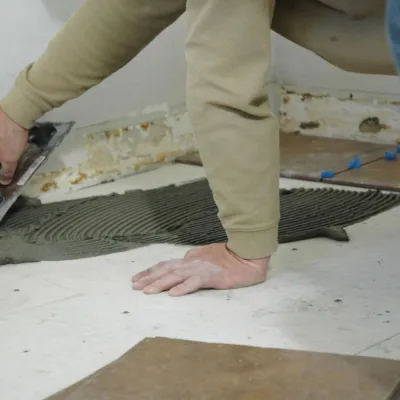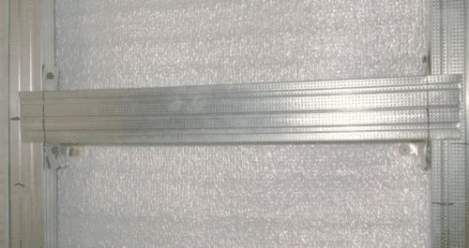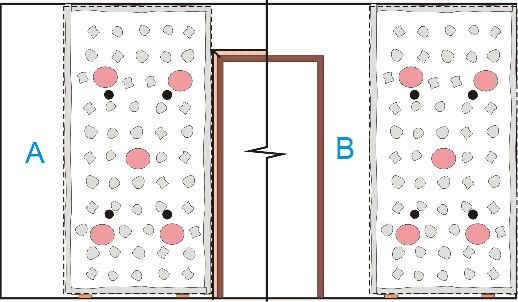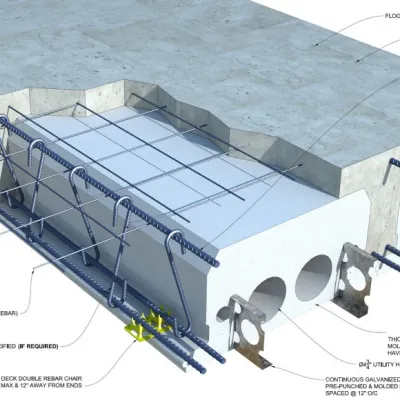In one form or another, this question arises with 90% of people who begin repairs in an apartment or house. The question arises not because there are no options for finishing the ceiling, but quite the opposite, because there are many such options, but, as usual, there are no ideal options. The main reason is that you need to make new ceilings yourself or hire someone, it takes time, money and nerves, but you want it quickly, cheaply and beautifully. But there are only as many choices to choose from:
1. Painted ceilings
1a. Simple painted ceilings without leveling the ceiling plane.
It would seem that putting and painting the ceilings is the easiest and fastest way, but this impression is deceiving. In my opinion, this is one of the longest-lasting ways to decorate tops. The main reason is that you have to plaster the ceiling very carefully if there is a desire to make a high-quality finish. First, make 3-4 passes with putty, then paint with the first layer, putty on defects and paint with the second layer. Besides, this option is not always possible. You can only do it if the ceilings are relatively flat, such as in prefab houses with room-sized floor slabs or in homes with hollow reinforced concrete floor slabs, laid without height differences.
1b. Painted ceilings with leveling of the ceiling plane with cement or gypsum plaster.
This option is suitable almost everywhere, but plastering ceilings, even with gypsum plaster, is not the most straightforward task. Also, tops will again have to be putty and painted for a long time.
1c. Plain painted ceilings with faux beams.
Sometimes, if there is no great desire to level the entire ceiling, but you want to close the embossed seams between hollow floor slabs or somehow improve the appearance of the top, it is enough to fix faux beams at the joints of the slabs or equal distances, if the floor slab is solid. In addition to visually eliminating the problem, it also gives the room a little rustic feeling. Faux beams can be made from ordinary wooden bars treated with stain, or you can buy antique-styled polyurethane foam faux beams. For ready-made polyurethane foam beams, you will still need to make a frame for fastening.
On how to build faux beams you can read our article about it
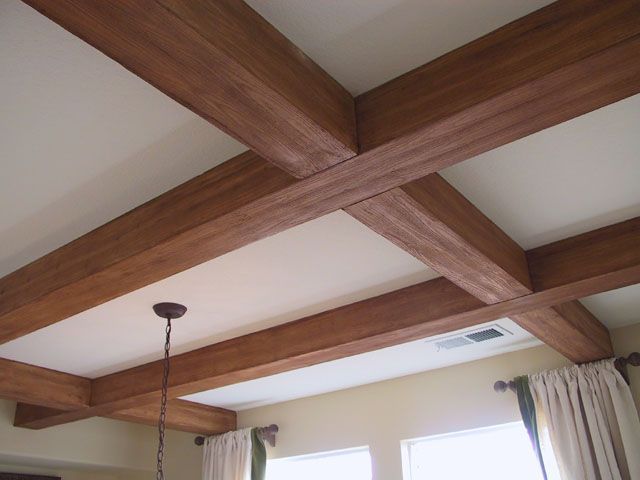
2. Glued ceilings
2a. Wallpapering.
Wallpaper is the most common option for finishing ceilings. Wallpaper, especially if it's embossed, helps hide minor defects on the ceiling's surface. But if the floor slabs are crooked, then no wallpaper can cover it.
2b. Glued ceilings with different types of tiles.
Like the previous one, this option allows you to hide defects on the ceiling surface. But if the ceiling is crooked, it will still be visible. And if there are differences in height between the floor slabs, it won't be easy to glue the tiles.
2c. Glued ceilings (with drywall gluing).
This option allows you to level the ceilings' surface, but besides the fact that it is not easy to glue drywall to the top, you'll still have to putty it. The ceiling, finished with drywall, can be painted, or you can again glue the wallpaper. The main disadvantage of this method is that if the top is very crooked and the height differences are more than 1 inch, it will not be possible to stack the sheets. In such cases, dropped ceilings work better.
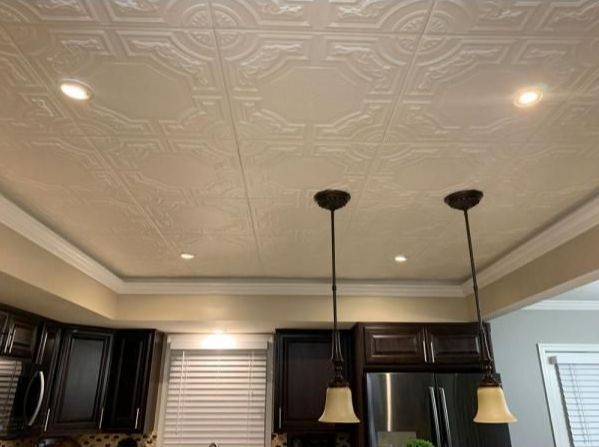
3. Dropped ceilings
3a. Single-level drywall suspended ceilings.
This option allows you to level the ceilings' surface with any height differences, but then again, you have to putty. The top finished with drywall can be painted or wallpapered. The main disadvantages of this method are that the ceiling level drops by a few points, and if the ceilings are already low, then there is little good in this. In order not to lower the level of the new ceiling, you can use dropped ceilings with faux drywall beams.
3b. Dropped ceilings with false drywall beams.
This option allows you to level the ceiling and close the supporting beams of floor slabs or wide fillets of plaster. You can also make additional side lighting in the faux beams.
3c. Multilevel drywall suspended ceilings.
It is a rather complex type of ceiling, which gives maximum scope for design possibilities. You can make the tops in two, three, and even four levels. The ceiling can have waves, circles, ovals, rectangles, squares, stars, and other geometric shapes.
3d. Arched or vaulted plasterboard suspended ceilings.
It is the most challenging type of ceiling to perform. In rooms where the ceilings are already low, this option is not suitable.
3e. Suspended ceilings made of wall panels, plastic panels, MDF panels, metal panels, sheet materials, etc., is
the fastest, simplest, and relatively cheap option for finishing ceilings. It favorably differs from the drywall version in that the panels do not need to be puttied or painted, except wall panels that must be varnished and, if necessary, polished. The main drawback is the limited design possibilities.
3f. Suspended ceilings made of fiber-reinforced mineral slabs is
is most often used in all kinds of offices, but sometimes there is a place for such a ceiling in an ordinary apartment. The main advantages of such a ceiling are the fastest and easiest installation possible compared to all other ceiling finishes and the ability to access the space between the old ceiling and the tiles. It is crucial in the modern world with dozens of telephone, antennas, and Internet cables.
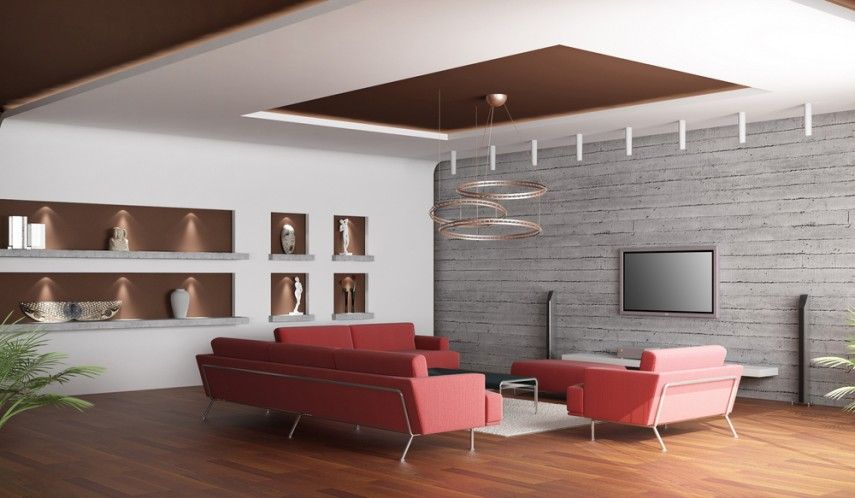
4. Stretch ceilings.
The main advantage of this option is that you don't have to do anything yourself. To make a stretch ceiling, you only need to choose from a catalog and order installation. It only depends on you how much money you want to spend.
5. Combined ceilings.
Often people do not like any of the above options, and then they make stretch ceilings with drywall frames, or panel ceilings in combination with wood, and so on. The number of combinations is almost endless.
